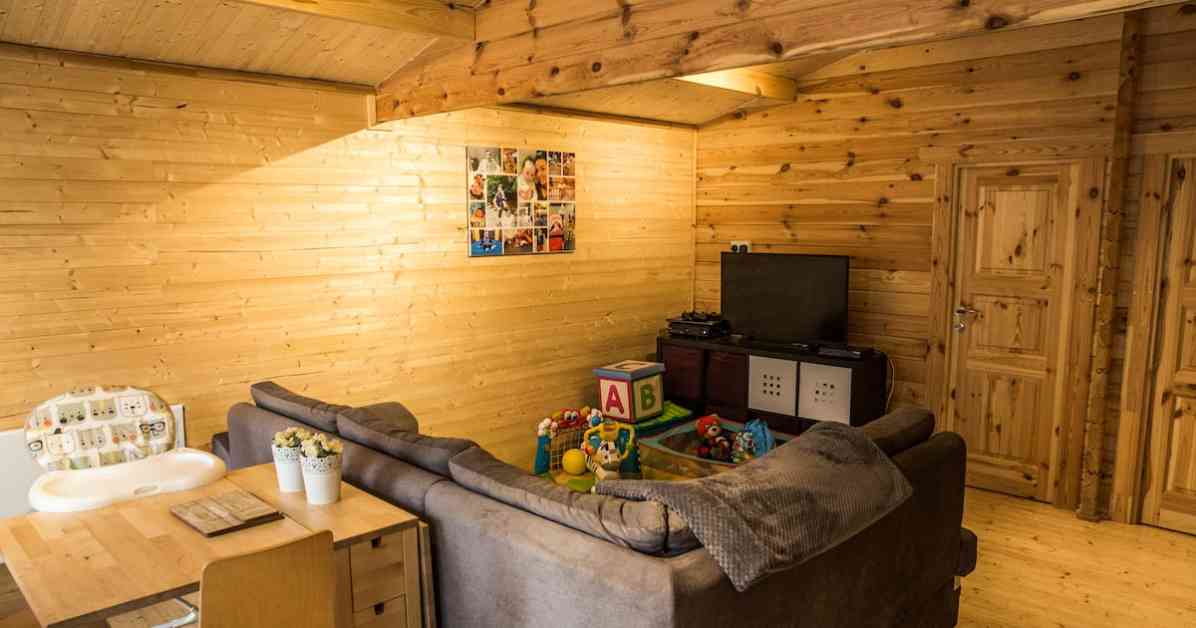House prices in Ireland are on the brink of a possible surge due to a potential shift in planning regulations regarding modular homes in backyard spaces, according to housing experts. The Department of Housing is exploring a proposal that would introduce planning exemptions for stand-alone modular or cabin-style dwellings, effectively sidestepping the need for planning permission. Minister of State at the Department of Housing, John Cummins, has engaged in discussions with officials to consider expediting certain types of exempted developments within the scope of legislation passed last year. The primary objective behind these reforms is to facilitate “intergenerational movement” between the primary residence and the smaller auxiliary structure.
Unintended consequences of this planning relaxation have been highlighted by architect Mel Reynolds. He foresees a scenario where the value of properties could potentially rise by €150,000 to €200,000 if these additional living spaces are utilized for rental purposes. While this may benefit current homeowners, it could pose challenges for prospective buyers navigating the second-hand housing market. Drawing from a study conducted in Brisbane, Australia, by housing economists Mark Limb and Cameron Murray, Reynolds underscores that the relaxation of planning regulations to accommodate higher density development did not lead to a decrease in house prices or an uptick in supply.
Assistant Professor at the UCD School of Architecture, Orla Hegarty, brings attention to the practicalities of modular housing based on experiences with Ukrainian refugees. She emphasizes that modular housing is neither a swift nor a cost-effective solution, cautioning against inflated expectations. Hegarty underscores the limitations in production capacity and the time required for factories to scale up operations, leading to fluctuating costs over time. While acknowledging the potential benefits for certain individuals, she asserts that modular housing is not a panacea for the prevailing housing crisis.
There is a looming concern raised by Hegarty regarding the replication of the “Beds in Sheds” phenomenon observed in the UK, where substandard accommodations were rented out in landlords’ backyards to vulnerable populations. These makeshift structures often lacked basic amenities, leading to overcrowding and unsanitary conditions. Hegarty stresses the importance of preventing such practices to safeguard the well-being of residents and maintain housing standards.
In response to these developments, Sinn Féin leader Mary Lou McDonald has criticized the proposal as a superficial attempt to address the housing crisis. She characterizes the relaxation of planning rules for garden cabins as a mere “tinkering around the edges,” underscoring the need for more substantial interventions. Despite recognizing the necessity for greater flexibility in housing policies, McDonald asserts that the current proposal falls short of addressing the systemic failures in Ireland’s housing sector.
Contrary to the perception that the proposal aims to alleviate the rental crisis, Minister John Cummins views it as a means to facilitate independent living and intergenerational cohabitation. He refrains from positioning the initiative solely as a rental solution but rather as a mechanism to support familial dynamics within residential properties. Cummins emphasizes the importance of enabling individuals to maintain autonomy while fostering meaningful connections within their households.
In light of these diverse perspectives, the debate surrounding the relaxation of planning rules for garden cabins underscores the complexities inherent in addressing housing challenges. Balancing the potential economic benefits with social implications and regulatory concerns requires a nuanced approach to ensure sustainable and equitable housing solutions for all segments of the population. As policymakers and experts navigate these discussions, the future of Ireland’s housing landscape remains a subject of critical importance, necessitating collaborative efforts and innovative strategies to meet the evolving needs of residents and communities.












